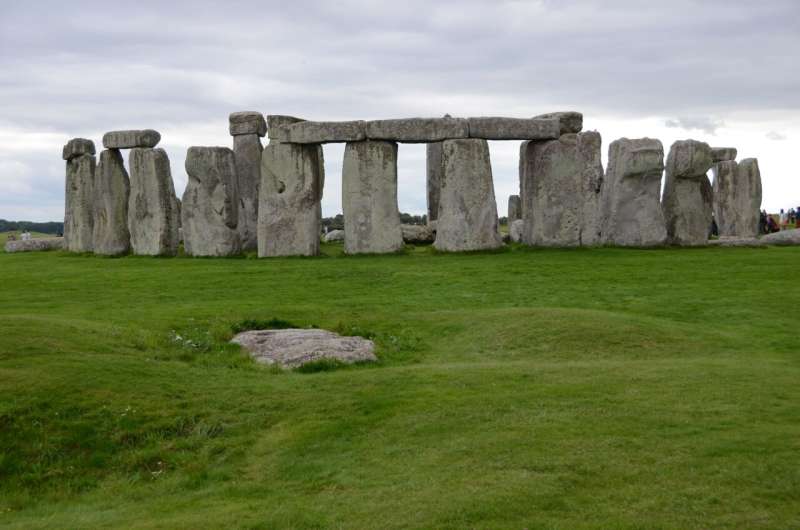Scientists have long tried to understand where the builders of Stonehenge got the stone monoliths from. Different hypotheses have been put forward. The authors of the new study analyzed the mineral composition and age of the six-ton Altar Stone, which lies at the heart of the archaeological site. It turned out that it was mined in the north-east of Scotland, not in Wales as previously believed.
One of the most famous megalithic structures in the world is located in the English county of Wiltshire – this is Stonehenge. It began to be built five thousand years ago in the Neolithic period and was periodically remodeled and expanded over the next two thousand years.
The monument is a circular horseshoe-shaped structure built of large and medium-sized menhirs (roughly hewn vertical stones). They are divided into sarsens (glacial sandstones from the West Woods to Marlborough) and bluestones, according to their composition. The latter is a collective name for a variety of non-local rocks used in the construction of Stonehenge; it should not be misleading.
In the horseshoe-shaped structure in the middle is the Altar Stone, made of light green mica sandstone, weighing six tons. It is thought to have been installed in the second phase of the construction, which took place between 2620-2480 BC. However, this is not reliable. It is also not clear whether it always lay down or stood upright.
The origin of the altar stone was also controversial. But experts generally assumed that it belonged to a rock complex called “ancient red sandstone”, which is common in this area. Most likely it is from the Presley Hills in west Wales, 250 kilometres away. After all, most of the bluestone monoliths came from there. The altar stone is traditionally seen as part of smaller megaliths nearby.
Australian and British scientists have re-dated minerals in Altarstone and found they came from the Orkney Basin in north-east Scotland and have no match for rocks from Wales, a paper published in the journal Nature. Nature.
In scientific studies, zircon dating by the uranium-lead method was used. The Kolmogorov-Smirnov agreement criterion was used to test hypotheses. It turned out that the age of zircons in the Altarstone is the same as the crystalline basement of the Laurentian continent, of which the British Isles were a part in the Paleozoic era. This result was obtained when analyzing the age of rutile and apatite.
This confirmed that the altar stone belonged to ancient red sandstones. Further research led the scientists to the Orkney Basin, a complex of sedimentary rocks in Scotland that formed between the continents of Laurentia and Baltica, part of the paleocontinent of Laurasia.
“This is a striking study that overturns centuries-old ideas. We have managed to find the age and chemical signatures of one of the most famous stones of Stonehenge. The secret is out. This iconic stone does not come from Wales, but from Scotland. “Where exactly will one find out?” said co-author of the study, Professor Richard Bevins from Aberystwyth University (Great Britain), in an interview with the press service.
The key takeaway from the new study is that the altar stone was transported at least 750 kilometers away.
“Given the level of technology in the Neolithic era, an interesting question arises: how was such a large stone transported over such a long distance? There are many land barriers between north-east Scotland and Salisbury Plain. One option is by sea,” explained Anthony Clark from Curtin University (Australia).
This is the farthest stone transport known from the archaeological record at the time. Its implementation required a high level of social organisation. This result is important for understanding the level of communication and transport systems of Neolithic societies in the British Isles.













